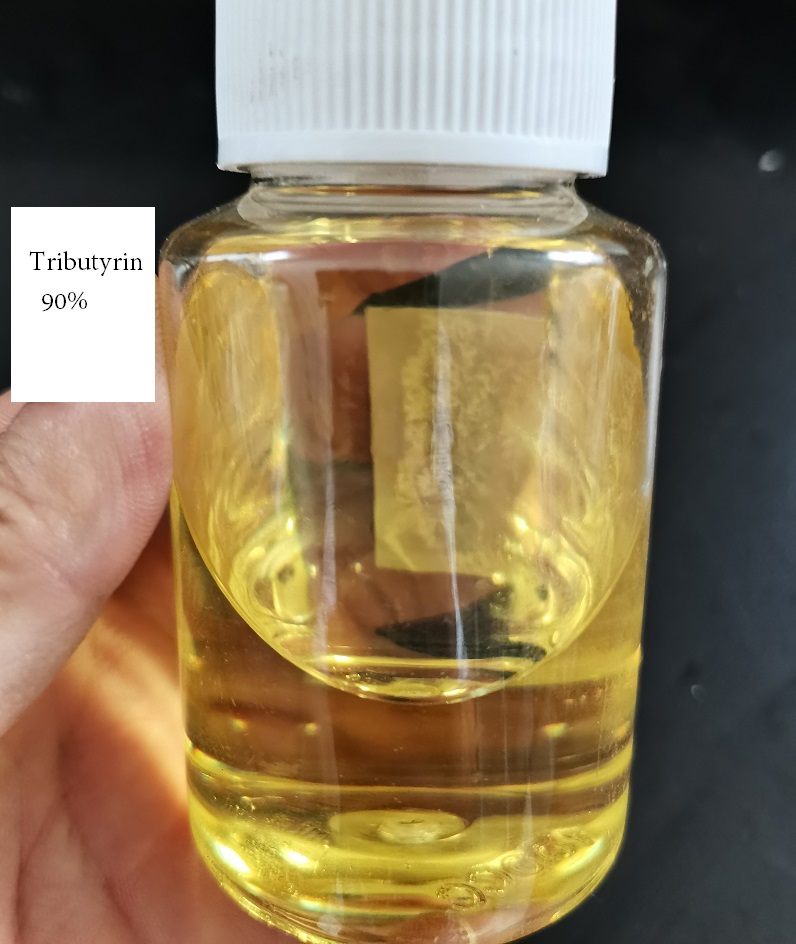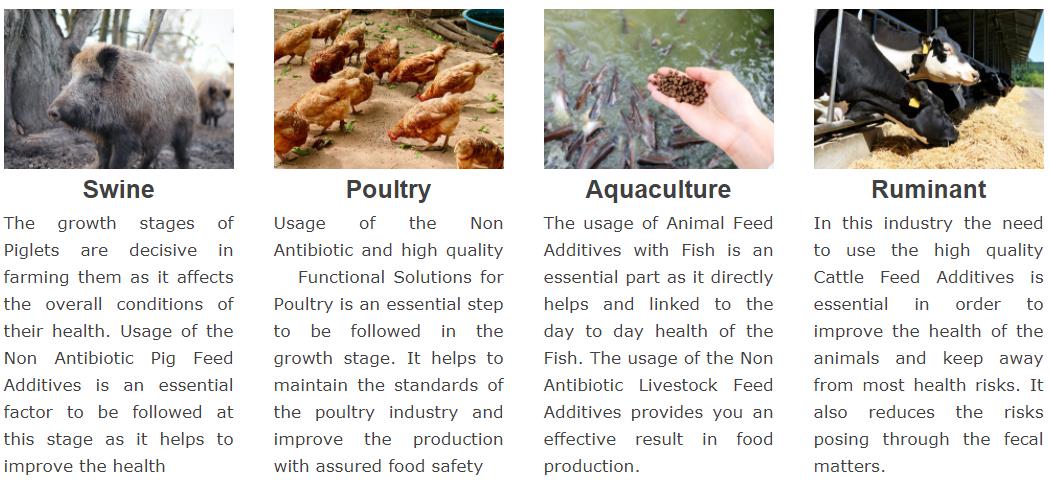For decades butyric acid has been used in the feed industry to improve gut health and animal performance. Several new generations have been introduced to improve the handling of the product and its performance since the first trials were done in the 80s.
For decades butyric acid has been used in the feed industry to improve gut health and animal performance. Several new generations have been introduced to improve the handling of the product and its performance since the first trials were done in the 80s .
1 Development of butyric acid as feed additive
1980s > Butyric Acid used to improve rumen development
1990s> salts of butyrin acid used for animal performance improvement
2000s> coated salts developed: better intestinal availability and less smell
2010s> A new esterified and more efficient butyric acid is introduced
Today the market is dominated by well protected butyric acid. Feed producers working with these additives have no problems with smell issues and the effect of the additives on gut health and performance is better. The problem with conventional coated products is however the low concentration of butyric acid. Coated salts usually contain 25-30% butyric acid, which is very low.
The latest development in butyric acid based feed additives is the development of ProPhorce™ SR: glycerol esters of butyric acid. These triglycerides of butyric acid can naturally be found in milk and honey. They are the most efficient source of protected butyric acid with a concentration of butyric acid up to 85%. Glycerol has room to have three butyric acid molecules attached to it through so called 'ester bonds'. These powerful connections are present in all triglycerides and they can only be broken by specific enzymes (lipase). In the crop and stomach the tributyrin stays intact and in the intestine where pancreatic lipase is readily available the butyric acid is released.
The technique of esterifying butyric acid has proven to be the most efficient way of creating odorless butyric acid that is released where you want it: in the gut. The differences with coated salts are listed in fig. 2.
At the 20th ESPN in Prague, a comparative study was presented on the effect of 2 different butyric acid based additives in broilers. The trial was performed at ADAS research center in the UK in 2014. They compared a coated sodium salt (with 68% coating) with ProPhorce™ SR 130 (55% butyric acid). 720 Coss308 male chicks were divided into 3 groups, with 12 pens of 20 birds per group. To mimic commercial conditions as closely as possible, dirty litter was added after parasitological, bacterial and viral pathological evaluation.
Tributyrin function
1.Repairs the small intestinal villi of animals and inhibit harmful intestinal bacteria.
2.Improves absorption and utilization of nutrients.
3.Can reduce diarrhea and weaning stress of young animals.
4.Increases the survival rate and daily weight gain of young animals.
Post time: Jul-28-2021





